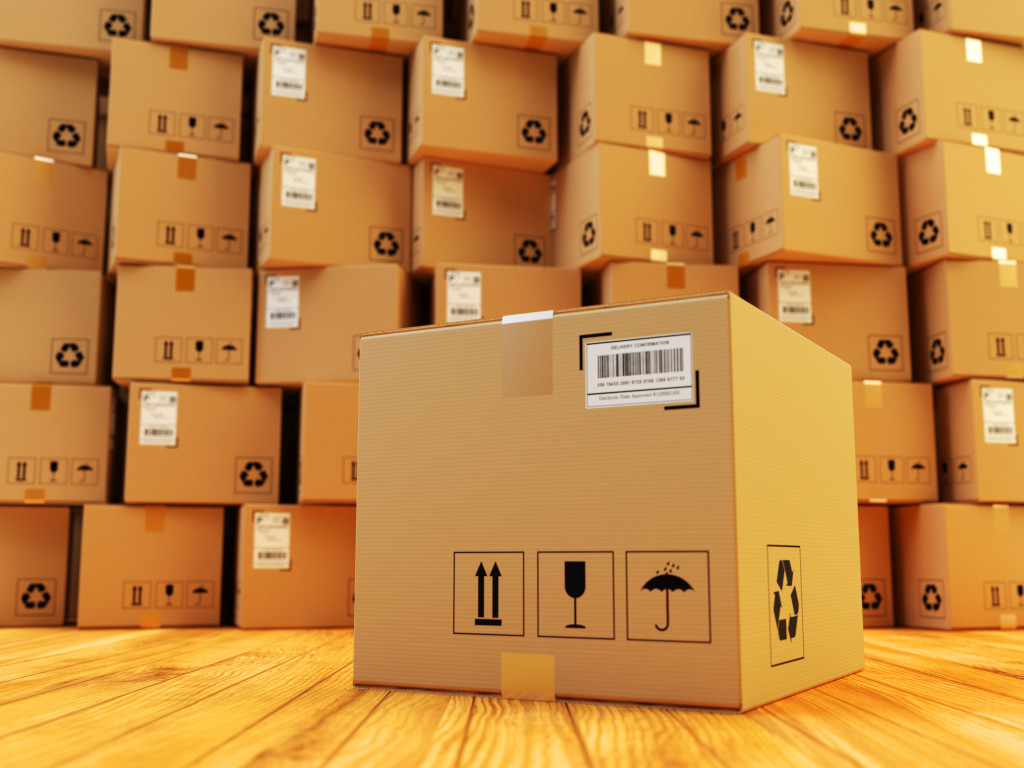Getting your product from your place to your business to your customer’s doorstep is quite a bit more complicated than it seems. There are a lot of factors that come into play when it comes to logistics and shipping: packaging, choosing the right couriers, automating shipping processes, and estimating shipping costs, among many others. That said, there are also a lot of mistakes to be made, which is why learning how to avoid them early on is imperative for any new business owner.
Whether you are just about to start your business or are already in your early stage of operations, here are the shipping mistakes you must learn to avoid at all costs:
Not shopping around for carriers
The first shipping carrier you consider might have enticing rates and promos, but don’t stop at just one, or two, or three, for that matter. Consider at least five or more carriers before you decide on a primary carrier and one or two secondary carriers. You never know; the next carrier you check out might have the best buy in the USA and ship to Canada promos out of all of your options.
Packaging products improperly
Improper packaging encompasses a lot of various mistakes, but one thing is for certain–packaging products improperly can very well lead to customer dissatisfaction and added costs.
In particular, here are the different packaging mistakes that you must avoid making:
- Overloading the package
- Not using fillers to cushion the product and eliminate empty space
- Using the wrong packaging materials
- Taping the package poorly
- Failing to label fragile packages
Making packaging mistakes can increase the risk of your product arriving at your customer’s doorstep in a damaged state. This makes for a negative customer experience right away. But apart from that, you’re also going to incur additional costs for the shipping and replacement.

Guesstimating shipping costs
You’re in a rush and have so many orders to fulfill. You don’t know the exact weight of each package, and so you’ve guesstimated the shipping costs to get things moving. However, when it’s time to ship the orders, you find out that you’ve underestimated the costs and will now have to cover the balance.
This situation can be avoided by weighing each item down to the decimal. This is a tedious process, especially for small business owners who don’t have the extra hands to do it, but it’s the best way to avoid incurring losses because of wrong weight estimations.
Furthermore, it is especially important that you invest in appropriate weighing tools. Doing so will ensure that the weight you put on the shipping label will be the same weight that the carrier sees when they measure your package. Moreover, don’t forget to re-calibrate your measuring tool regularly as well.
Relying on only one carrier
Using only one carrier may be convenient, especially for small businesses, but that one carrier may not cater to all your needs–or at least as well as you want them to.
For example, Carrier A may offer some of the best rates for domestic shipping, but they may not have the best rates for international shipping that Carrier B or Carrier C do. The same goes for other factors such as scale, specializations, expertise, geographical coverage, and delivery time.
Not double-checking shipping addresses
This seems like a no-brainer, but still, so many businesses don’t check shipping addresses as well as they should. Just a small mistake in ZIP codes or country codes can lead to large shipping costs that you would have to shoulder (unless, of course, if the mistake is on the customer), not to mention the negative customer experience that would result from a delayed package.
Avoiding this problem is relatively easy. You can automate the process of inputting the shipping details to the waybill, for starters. If this is not feasible, however, double-checking or even triple-checking the address before shipping should be done for each package.
Failure to maintain delivery receipts
Sometimes, the carrier is the one responsible for damages done to the product. But without any proof of that, you will have to bear the brunt of damage costs and customer dissatisfaction.
Maintain delivery receipts for each package you send out. In this way, you have proof that the damage did not occur during the packing process. To do this, take pictures of each package, preferably at multiple angles, and then send them to your receiver before shipment.
Learning how to avoid these shipping mistakes can prevent your new business from losing money, which is extremely important in the early stages of operations. So as early as now, keep these things in mind and ensure that your business does shipping in the best ways possible.
